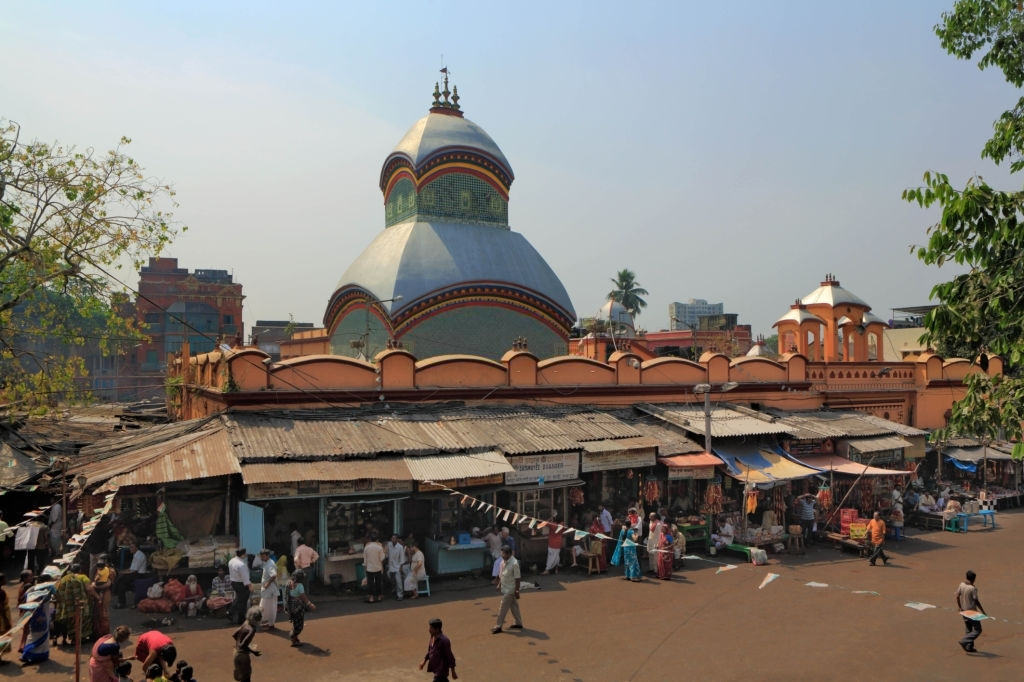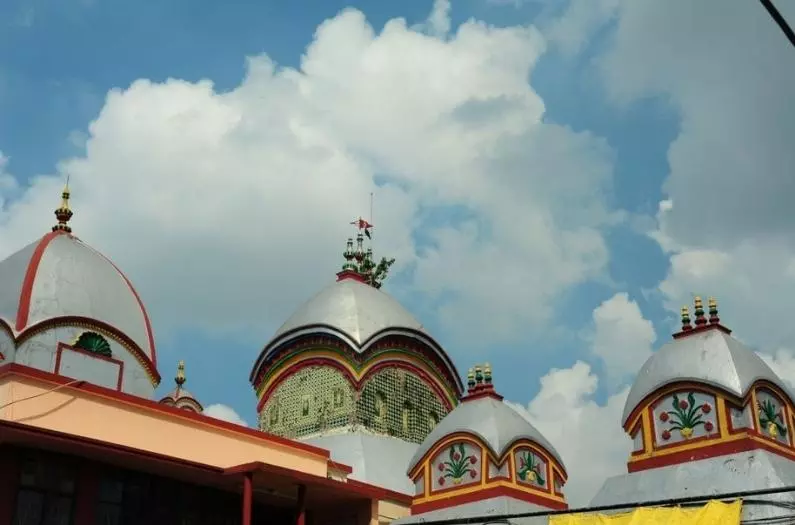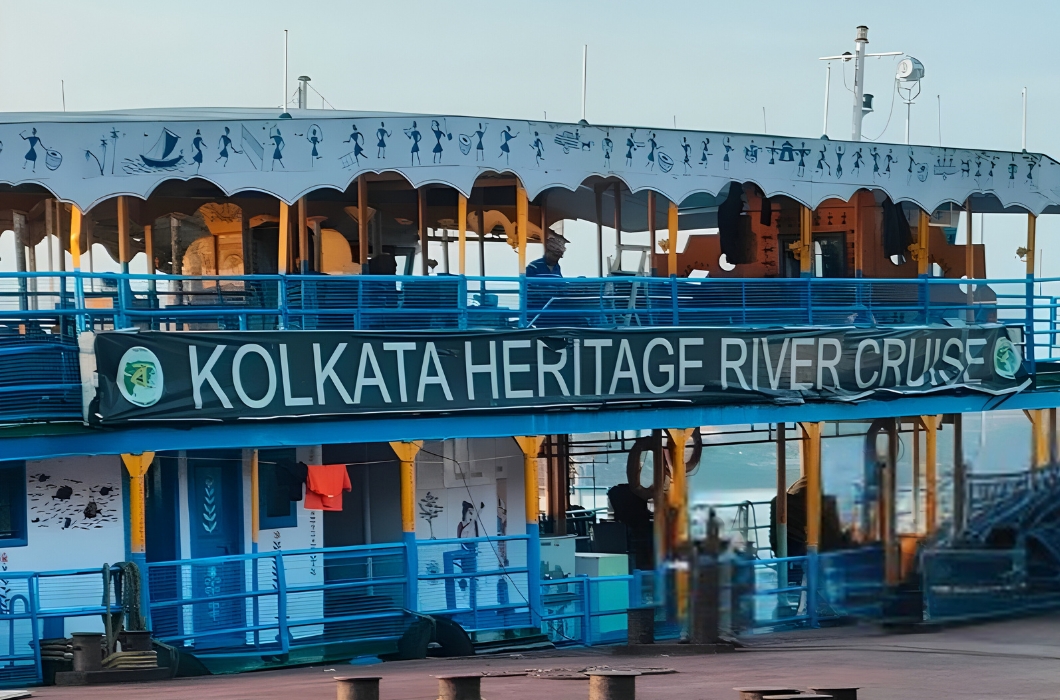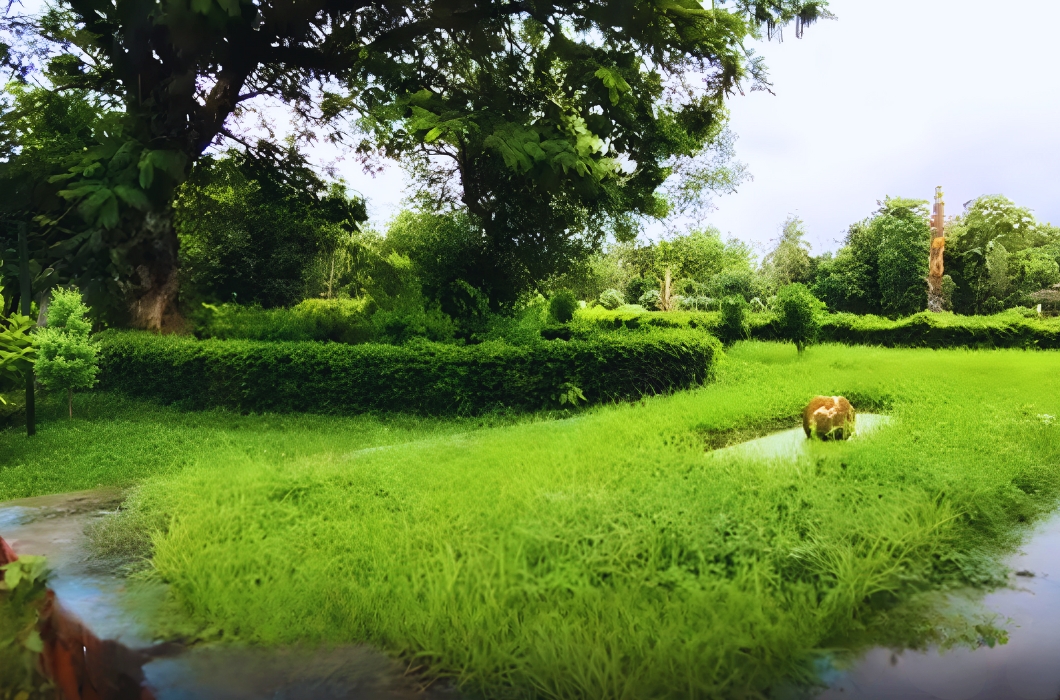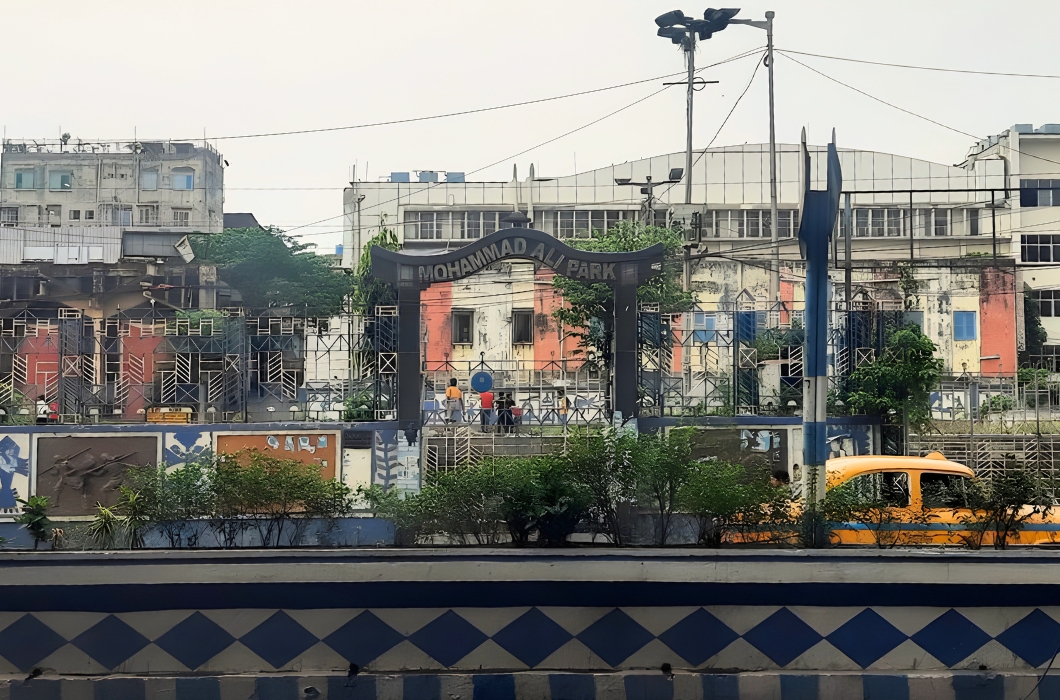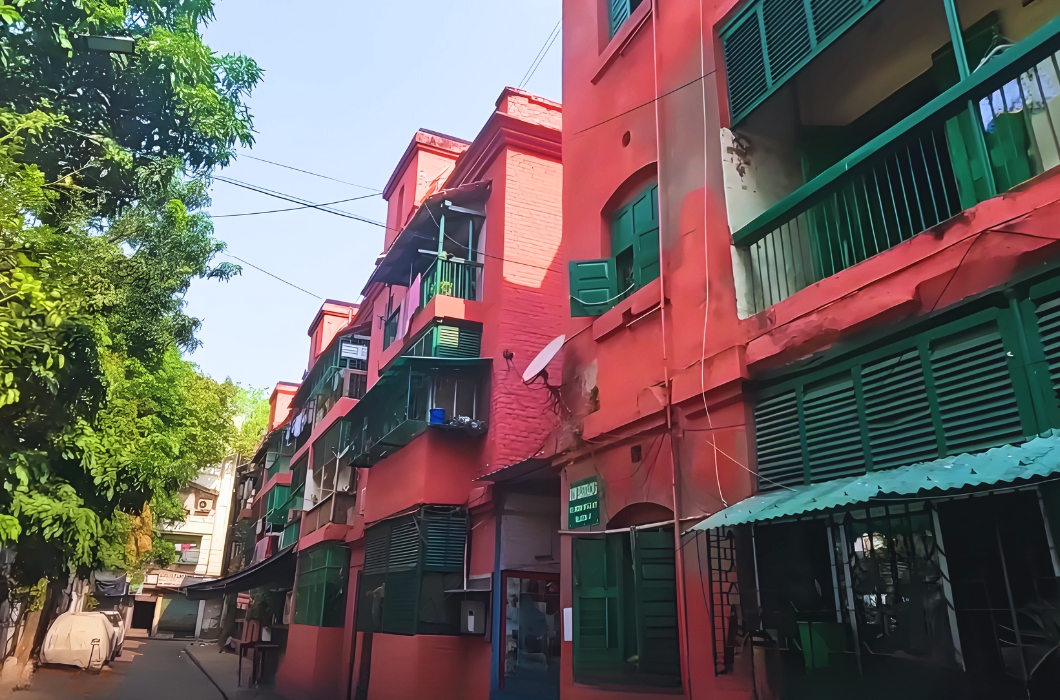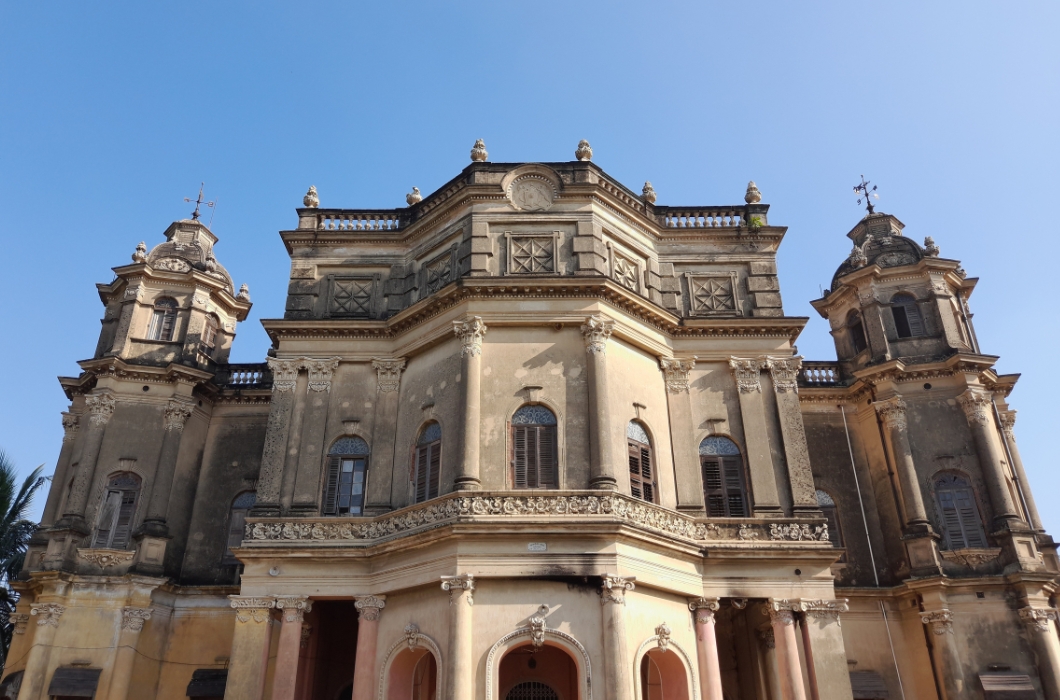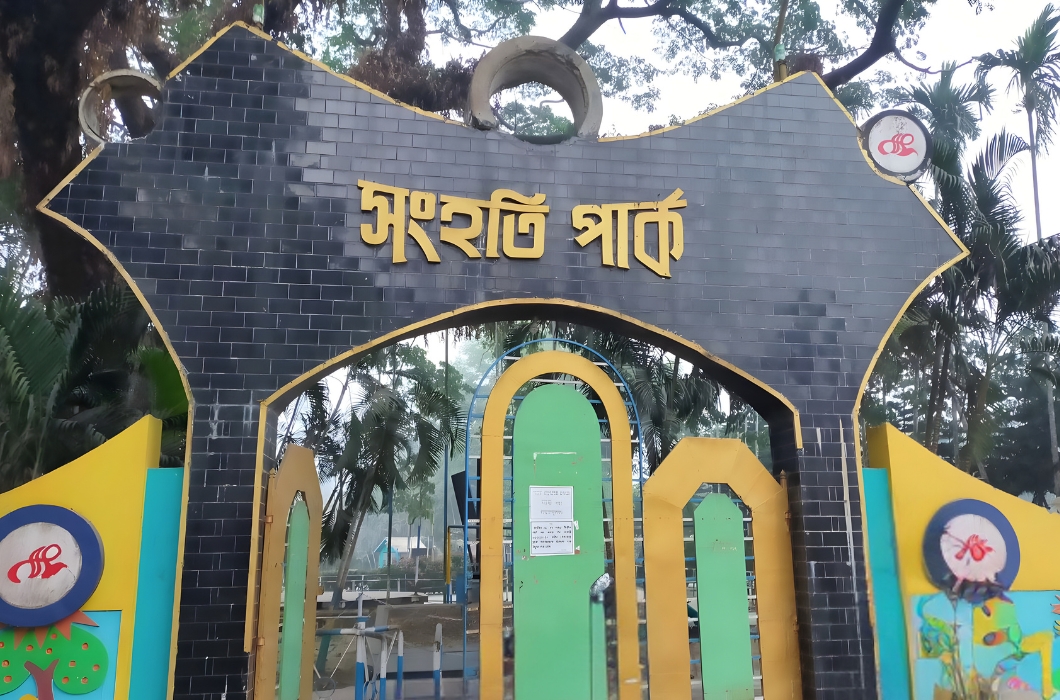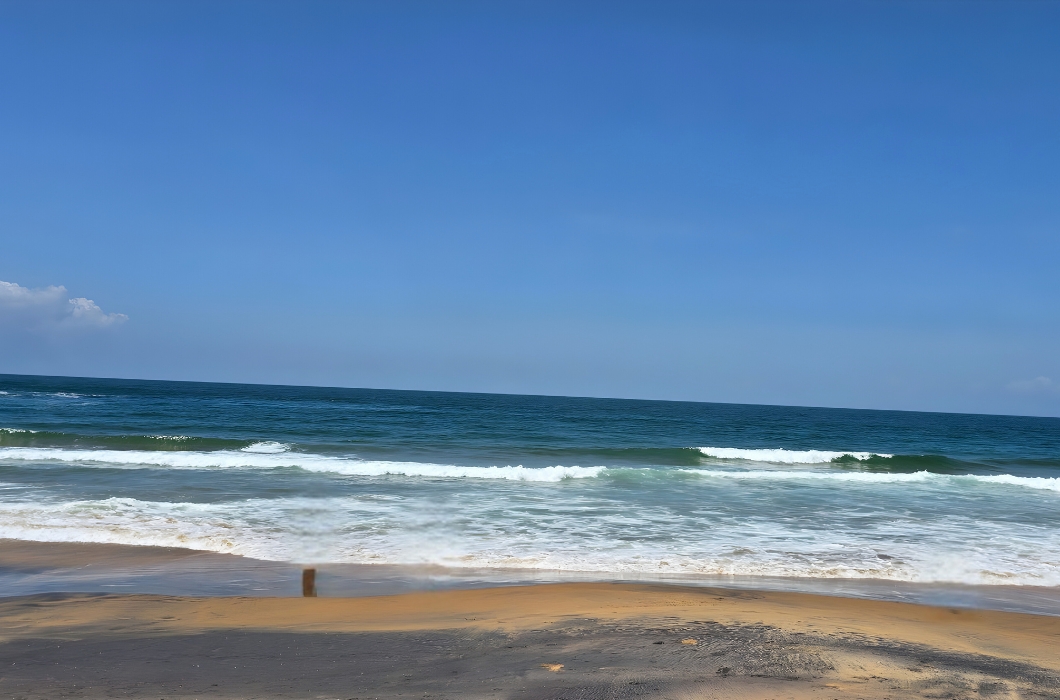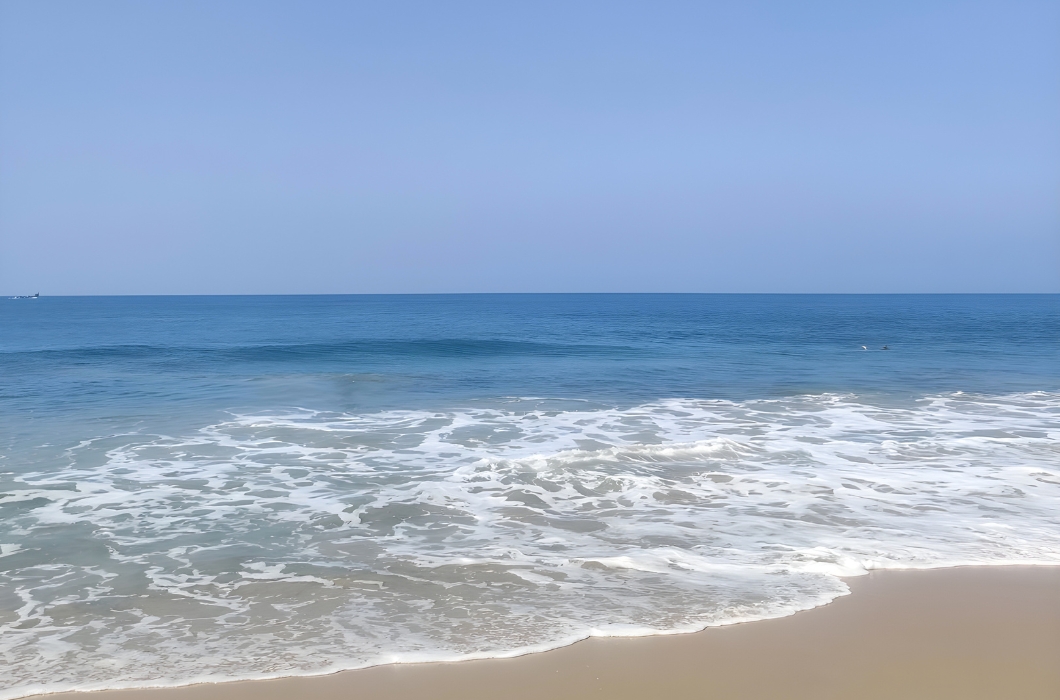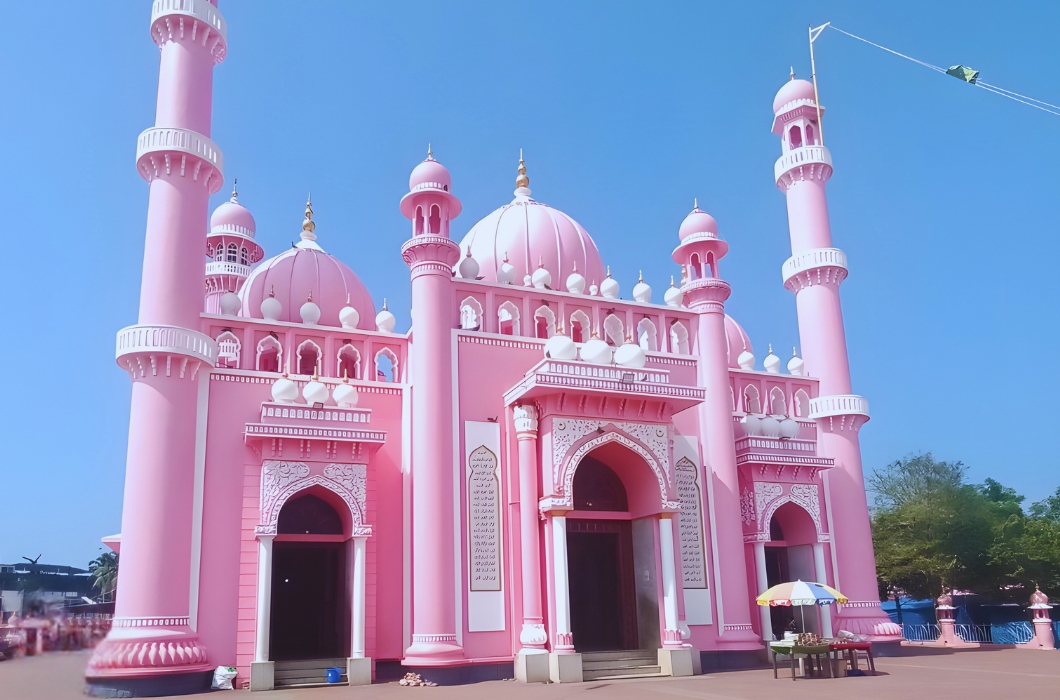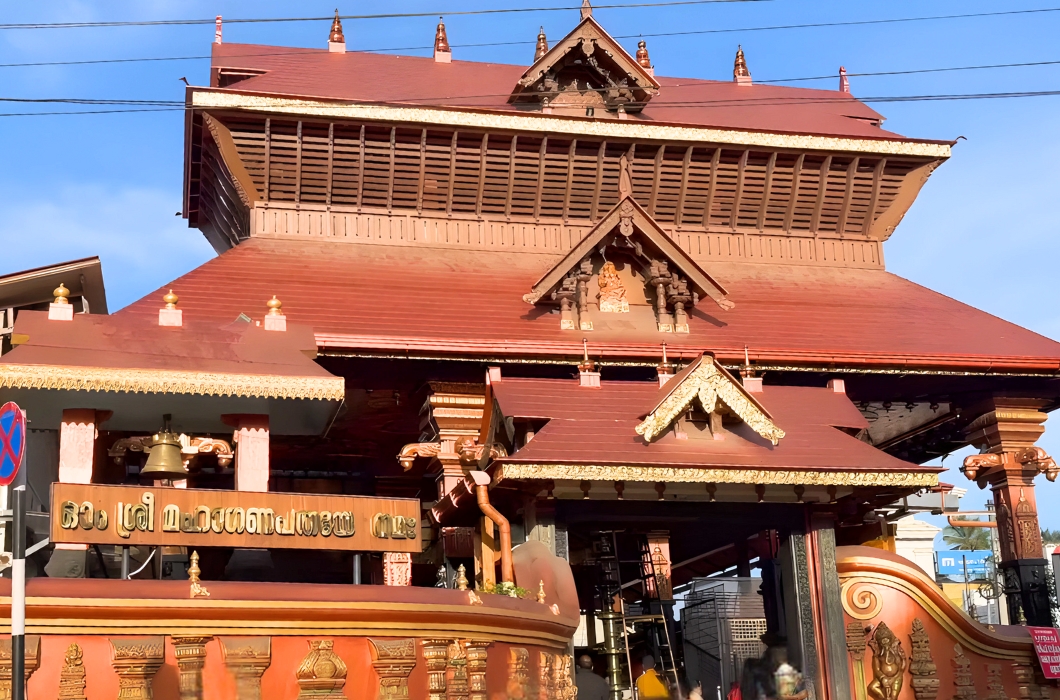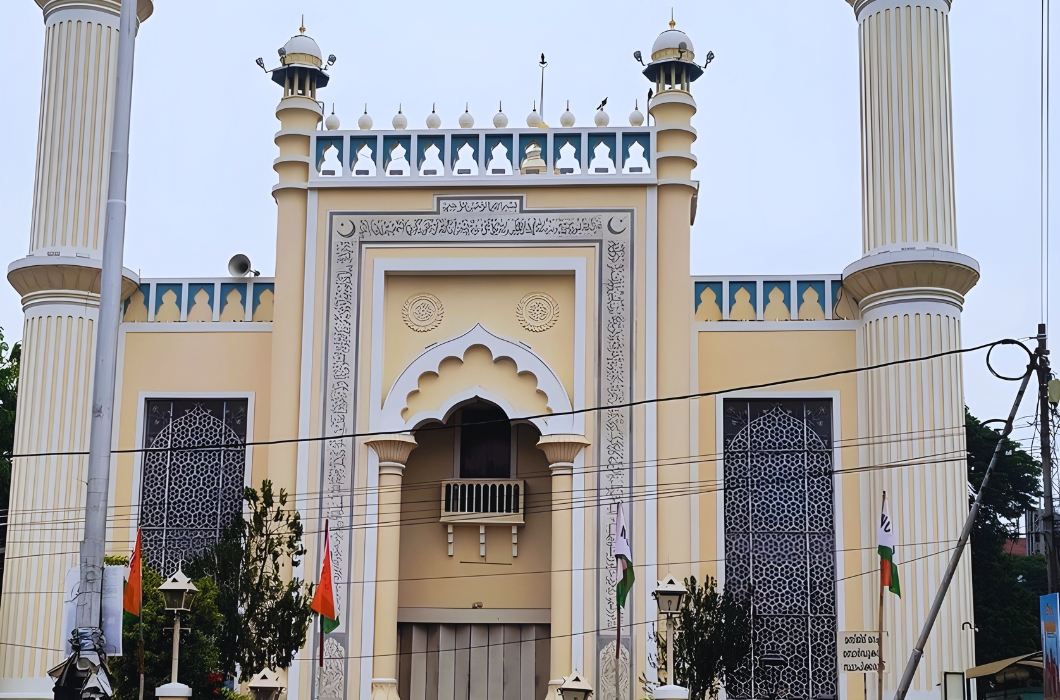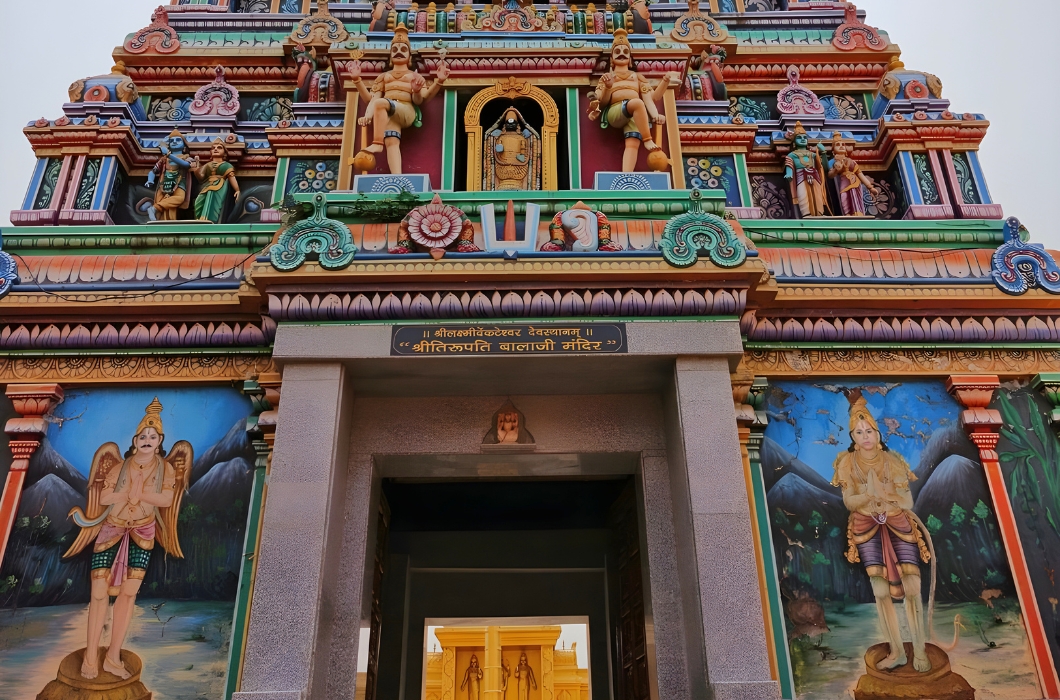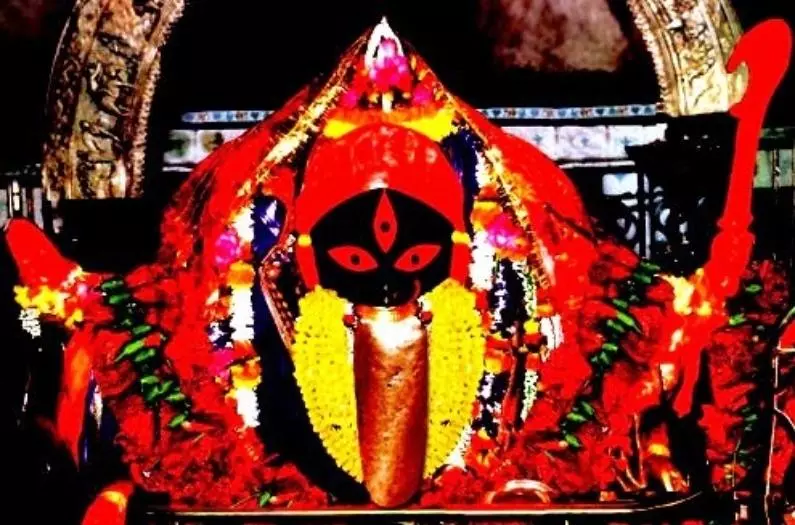
It is said that when Shiva‘s wife Sati committed suicide Vishnu cut Sati’s lifeless body into 51 pieces with Sudarshan Chakra. Among those 51 pieces, the toe of the right foot fell at this Kalighat near Calcutta. So it is also one of the 51 holy places of Shiva and Tantrics.
The Kali Ghat Temple on the banks of the Hooghly River is about 200 years old. Here Goddess Kalika is worshiped in a grand procession. Various information about the establishment of this temple can be heard in public.
It is said that a villager at that time was attracted to the miraculous light coming from the river Bhagirathi while doing worship on the banks of the river.
As he approached, he found a stone the size of a finger. He picked it up and started worshiping. Another popular story is that Santosh Roy Chowdhury of the Savarna Chowdhury family was fascinated by a miraculous light while traveling on the Hooghly River one day and found a finger-shaped stone in the same way.
He picked it up and set up a small temple. Some researchers think that the name Calcutta originates from the word Kali Kshetra or Kalighat. It is said that two monks named Brahmadanda Giri and Atmaram Brahmachari gave the form of a goddess on a rock.
The present temple was built on the banks of the Adi Ganga in 1809 at the initiative of Shivdas Roychowdhury, a Savarna zamindar of Barisha, his son Ramlal and his nephew Laxmikant. Later some of the terracotta works of the temple were damaged and Santosh Roy Chowdhury repaired them. The present temple is 90 feet high.
It took eight years to build and cost thirty thousand rupees. The total area of the land adjacent to the temple is one Bigha 11 Kuta 3 chatak. The size of the main temple built in the style of Bengali architecture is 6 kata. The temple is divided into 7 parts. These are Shashtitala, Natmandir, Jor Bangla, Har Kathtala, Radhakrishna Mandir, and Kunda Pukur. The Kastipathar Kalimurti of Kalighat Kali Mandir is built with a fancy technique. The tongue, teeth, crown, hands, and head of the idol are made of gold. The stone limb of Sati is kept inside an ark in the temple. It is not brought out in front of anyone. The idol that is currently worshiped is made of Kasti stone and is made of gold and silver.
In 2016, after almost forty years, Devi’s locket was changed. The current locket is about 2 kg 191 g silver wrapped with 558 g gold. The goddess’s rabbit has been replaced by a 2 kg gold rabbit. Earlier it was heard that sacrifices were regularly offered at the feet of the mother in this temple. At present this sacrifice is offered on special days.
The goddess is bathed on a certain day every year, which is known as the bathing journey. Near Kalighat temple is the temple of Bhairab Nakuleshwar Shiva. The present Nakuleshwar temple was built in 1854 by a Punjabi businessman named Tarasingh. On the occasion of Shivaratri and Nilasasthi, a large number of devotees gather at this temple
Kalighat Kali Temple was built in 1843 by Udaynarayan Mandal, a zamindar of Bawali. Ramnabami Dolayatra is held here. The Keoratala mahasmashan was built near the temple in 182 for cremation. The last rites of many eminent people of Bengal have been performed in this crematorium. The cremation of Kali here is famous all over India. The Kalighat temple is very awake.
Hundreds of devotees come here every day. It is said that none of the visitors to this temple return empty-handed. Mother Kali fulfills everyone’s wishes. Many people come from different parts of the country to see and worship the Mother Temple throughout the year. Every year on the first day of Boishakh, Durga puja, Dipanvita, and Kali puja, many people come to worship at the temple. In Dipanvita, there are rules for offering fruits and sweets.
Dipannita Lakshmi Puja consumes 5 kg of rice, 5 kg of rice khichuri, 5 kg of rice ghee, five kinds of fried vegetables, and other vegetables. At this time royal feasts, messages, and other offerings are made to the goddess. The Kalighat temple is also one of the places of interest in the metropolis of Calcutta.

